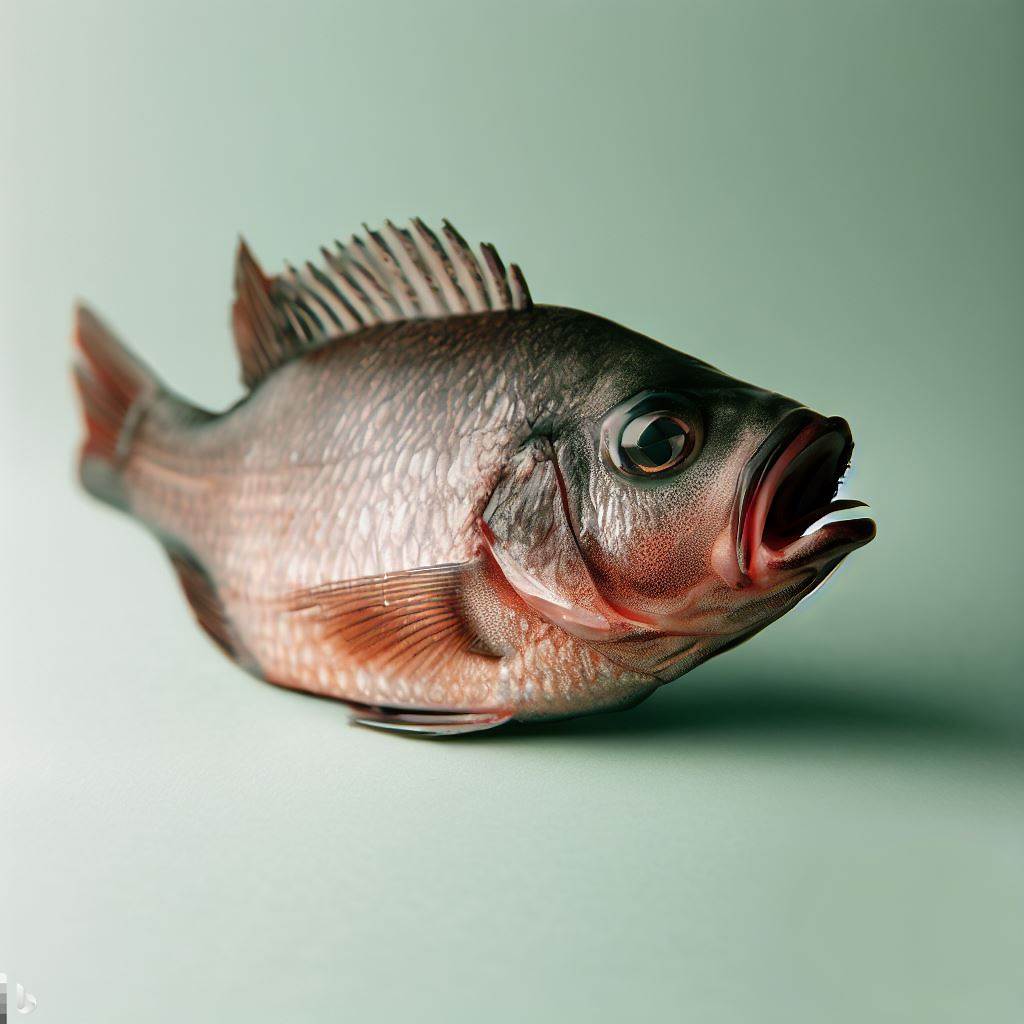Scump (Porgy)

Scup are visually striking fish with a unique appearance. They possess a silvery body adorned with light blue specks and several horizontal stripes. The bellies of scup are white, and they have distinct darker patches on their heads. In terms of physique, scup are lean and tall, characterized by a small mouth, high-set eyes, and a single long spiny dorsal fin. While they can reach up to 18 inches in length and weigh up to 5 pounds, the majority of scup caught in Massachusetts are smaller, usually around 14 inches in length, weighing around 3 pounds.
Habitat and Migration
Scup are migratory fish, with Massachusetts serving as their northernmost habitat. These fish can be found in southern inshore waters from April through October, provided the sea temperatures exceed 45°F. The larger scup typically arrive first, migrating from the offshore areas south of New Jersey, where they reside during the colder months. Adult scup tend to form schools in areas with smooth or rocky bottoms, exhibiting a preference for piers, rocks, offshore ledges, jetties, and mussel beds. Smaller scup are generally found in shallower waters compared to their larger counterparts. It's interesting to note that both juvenile and adult scup move into harbors and along sandy beaches during high tides and return to deeper channels as the tide recedes.
Life History
The life cycle of scup is filled with fascinating stages and behaviors. In Southern New England, scup engage in spawning activities from May to August, with the peak occurring in June. By the age of 2-3, when they reach approximately 6 inches in length, most scup become sexually mature. During the spawning process, females release an average of 7,000 eggs per annual spawn, which usually takes place over sandy or weedy areas. Fertilized eggs float for approximately 40 hours before hatching, after which the larvae begin feeding on copepods and other plankton within several days. As the larvae mature, they settle on the sea floor and develop into juveniles. However, it's worth noting that the survival rate of juvenile scup is quite low, as larger predators such as striped bass, bluefish, and black sea bass consume as much as 80% of the juvenile population. As adults, scup primarily feed on bottom invertebrates such as crabs, annelid worms, clams, mussels, jellyfish, and sand dollars.
Management and Conservation
To ensure the sustainability of scup populations, both interstate and federal fishery management plans have been implemented. These management plans allocate 78% of the annual allowed harvest to the commercial fishery, while the remaining 22% is allocated to the recreational fishery. The commercial fishery is regulated through a quota system, minimum fish size requirements, and gear restrictions. The annual commercial quota is divided into three harvest periods: Winter I (Jan–Apr), Summer (May–Sep), and Winter II (Oct–Dec). The Summer period quota is further allocated to states based on percent shares. Gear restrictions aim to minimize bycatch of immature fish, employing measures such as a minimum mesh size for trawls and escape panels with degradable hinges on fish pots to prevent ghost fishing. The recreational fishery, on the other hand, is managed through regional possession limits, minimum sizes, and season lengths designed to achieve the harvest limit. These management measures help maintain a balanced and sustainable scup fishery.
Stock Status
The most recent stock assessment conducted in 2017 determined that the scup stock is not overfished and is not subject to overfishing. In fact, the stock has shown signs of recovery since the mid-2000s when it was below the target levels for spawning stock biomass. The next update to the stock assessment is expected to be released in late 2019, providing further insights into the current status of the scup population.
Angling Tips for Scup Fishing
Scup fishing can be an exciting and rewarding experience, especially for novice anglers and families. These fish are relatively small, making them an ideal target species for children. Here are some valuable tips to enhance your scup fishing adventures:
Tackle and Equipment: For scup fishing, a medium-weight spinning or lightweight surf outfit is recommended, equipped with a 10 to 20-pound test line. Anglers can choose between jigging small lures or bait fishing, with the latter being more popular among scup enthusiasts.
Bait and Rigging: A typical rig for scup fishing consists of a bank sinker tied to the end of the line, with 1 to 3 snelled hooks (size #1 to #8) tied to loops 6 to 10 inches above the sinker. Effective baits for scup include sea worms, squid strips, and pieces of clams or fish. Squid strips are particularly favored due to their durability when faced with the energetic feeding behavior of scup schools.
Hooking Techniques: Hooking scup can be a bit challenging, as they are quick to grab the bait but hard to hook securely. Anglers must either set the hook as soon as the fishing rod shows the slightest dipping indicating a bite or gently lift the hooks off the bottom to attract sharp strikes rather than nibbling at the bait. Some anglers employ a countdown technique by dropping their bait into a school of actively feeding scup, counting to five, and then setting the hook, thus reducing the risk of losing their bait to swift scup.
Seafood Preparation and Cooking
Scup offers a delectable dining experience, and proper handling and cooking techniques are essential to fully enjoy its sweet flavor. Here are some seafood tips for preparing scup:
Cleaning and Icing: To maintain the freshness of scup, it is recommended to scale and gut the fish as soon as possible after catching. Icing the fish promptly is also crucial for preserving its quality.
Cooking Methods: Scup can be prepared using various cooking methods, each highlighting the natural flavors of the fish. Simple recipes often yield the most rewarding results. Consider frying, grilling, or poaching scup, and serve it with melted butter or margarine accompanied by a slice of lemon or lime for a refreshing touch.


